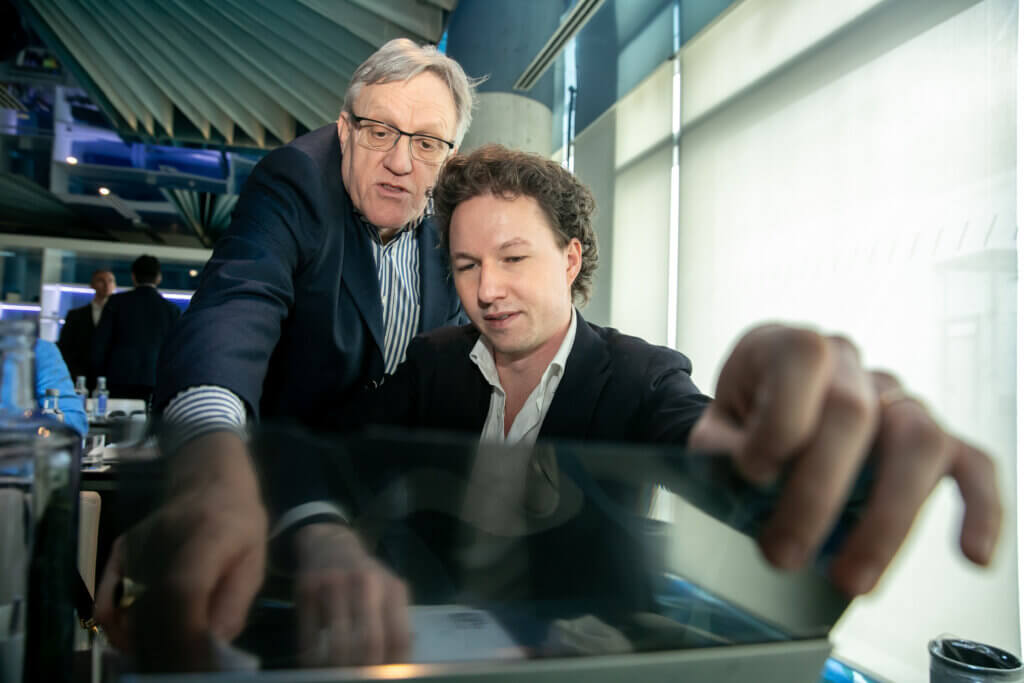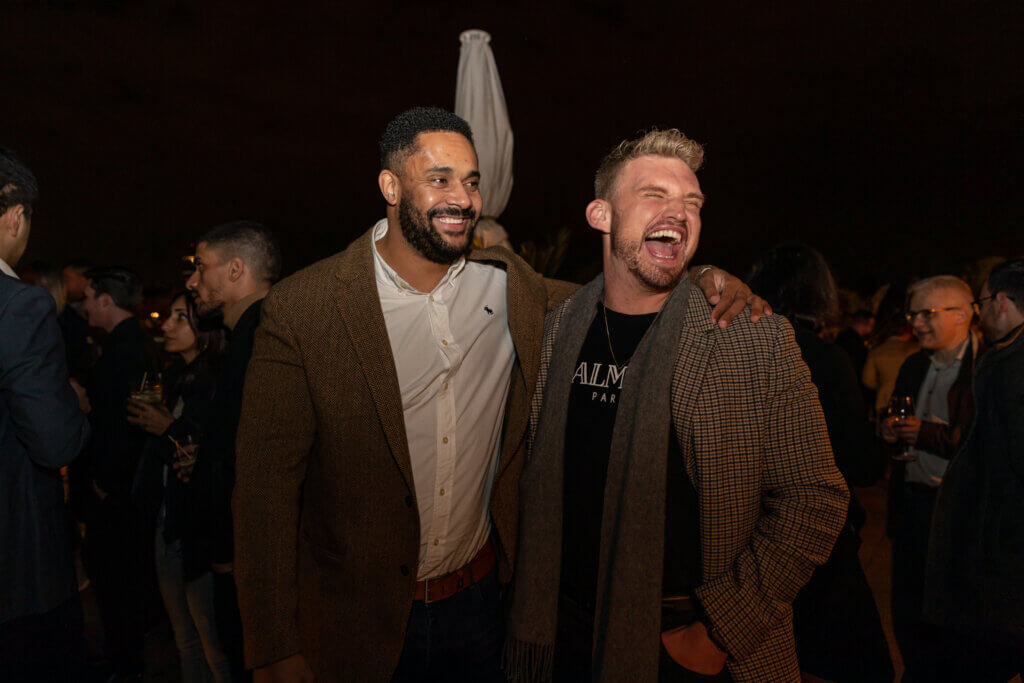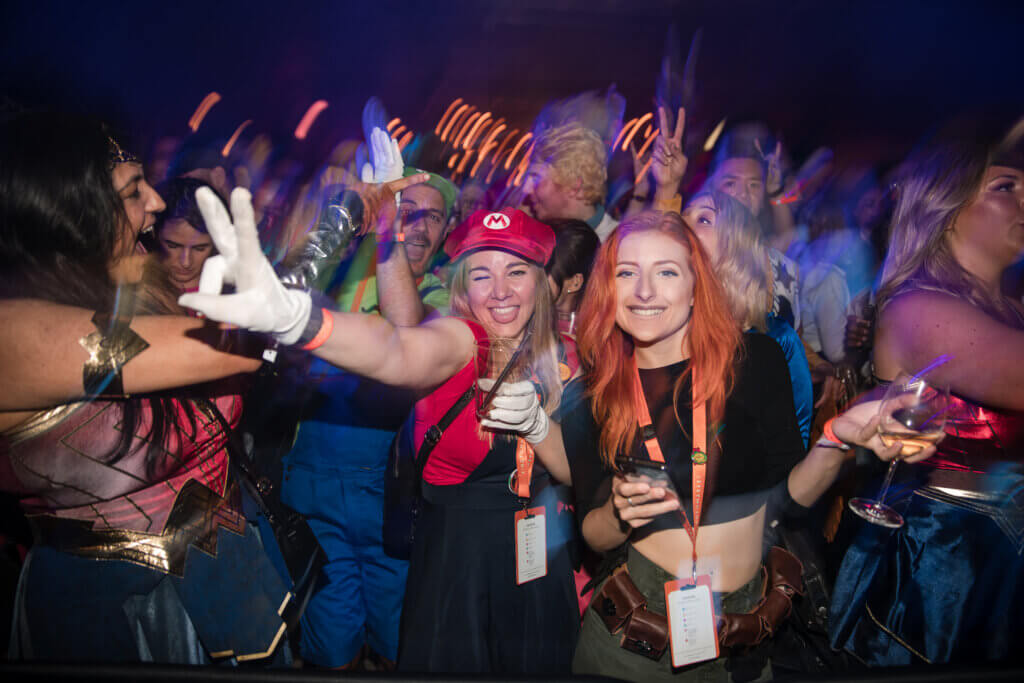
Image Source: Unsplash
In today’s world where social media reigns supreme, capturing memories has become more important than ever. Whether it’s a family gathering, a friend’s wedding, or a corporate event, photography is an essential part of making memories last. Event photography is a great way to capture these memories and preserve them for years to come. However, taking high-quality photos requires more than just pointing and clicking a camera. It requires attention to detail, creativity, and technical know-how. In this beginner’s guide to event photography, we’ll explore the essential skills and techniques you need to capture stunning photos that will leave a lasting impression. From equipment and lighting to composition and post-processing, this guide will provide you with the knowledge and confidence you need to take your event photography to the next level. So grab your camera and let’s get started!
Understanding your camera and equipment
To take stunning event photos, you need to understand your camera and equipment. First, invest in a high-quality camera that suits your needs. A DSLR camera is a great option for event photography because of its versatility, ease of use, and ability to capture high-quality photos. Next, make sure you have the right lenses for the job. A standard zoom lens is perfect for capturing a wide range of shots, but you may also want to invest in a telephoto lens for capturing distant subjects or a wide-angle lens for capturing group shots.
Once you have your camera and lenses, it’s important to understand the different camera settings and modes. Shooting in manual mode gives you complete control over your camera settings, including aperture, shutter speed, and ISO. However, if you’re new to photography, shooting in aperture priority or shutter priority mode can help you get started. These modes allow you to control one aspect of the exposure while the camera adjusts the others.
Lastly, remember to bring backup equipment such as batteries, memory cards, and a tripod. These items can save the day if your primary equipment fails or if you need to stabilize your shots.
Essential event photography tips
Now that you have your equipment, it’s time to learn some essential event photography tips to take your photos to the next level. First, always arrive early to the event to get a lay of the land and familiarize yourself with the venue. This allows you to plan your shots and get a sense of the lighting and ambiance of the event.
Next, practice good composition. Use the rule of thirds to place your subject off-center, and experiment with different angles and perspectives to create unique shots. Pay attention to the background and eliminate any distractions that could take away from the subject.
Another important tip is to use natural light whenever possible. Avoid using your camera’s flash unless it’s absolutely necessary, as it can create harsh lighting and cast unflattering shadows. Instead, position your subject near a window or in a well-lit area to capture natural light.
Lastly, be aware of your surroundings and anticipate moments. Keep your camera ready and be prepared to capture candid shots that tell a story. These shots can often be the most memorable and cherished.

Preparing for the event
Before the event, it’s important to prepare yourself mentally and physically. Make sure you get enough rest and eat a good meal to have the energy you need to capture great shots. Dress appropriately for the event and wear comfortable shoes, as you’ll likely be on your feet for long periods of time.
Next, communicate with your client or event coordinator to understand their expectations and any special requests they may have. Create a shot list to ensure you capture all the important moments and details of the event.
Lastly, scout the location and test your equipment to ensure everything is working properly. Take some test shots to get a sense of the lighting and make any necessary adjustments to your camera settings.
Capturing the perfect shot
When it comes to capturing the perfect shot, timing is everything. Be patient and wait for the right moment to capture the shot you want. Use burst mode to capture a series of shots in quick succession, which can increase your chances of getting the perfect shot.
Another important aspect of capturing great event photos is to interact with your subjects. Put them at ease and make them feel comfortable, which can result in more natural and genuine expressions. When taking group shots, direct your subjects to ensure everyone is looking their best and properly positioned.
Lastly, pay attention to details such as facial expressions, body language, and emotions. These small details can add depth and meaning to your photos and make them more memorable.
Editing and post-processing your photos
After the event, it’s time to edit and post-process your photos. This is where you can take your photos to the next level and make them truly stand out. Start by selecting the best photos from the event, and then use editing software to adjust the exposure, contrast, and color balance. Crop your photos to improve the composition and eliminate any distractions.
Next, experiment with different filters and effects to create a unique and cohesive look for your photos. However, be careful not to overdo it, as this can make your photos look unnatural and unprofessional.
Lastly, export your photos in high-resolution and share them with your client or post them on your website or social media pages.

Delivering the final product
When delivering the final product to your client, it’s important to communicate clearly and professionally. Provide your client with a timeline for when they can expect to receive their photos, and make sure you deliver on your promises.
Offer your clients different options for how they can receive their photos, such as online galleries or physical prints. Make sure your clients have access to all of their photos and provide them with a way to download or share them.
Lastly, follow up with your client after they’ve received their photos to ensure they’re satisfied with the final product. This can help you build a positive relationship with your client and lead to future business opportunities.
Building your event photography portfolio
To build your event photography business, it’s important to have a strong portfolio that showcases your skills and experience. Start by selecting your best photos from previous events and organizing them into a cohesive and visually appealing portfolio.
Next, create a professional website or social media page where you can showcase your portfolio and provide information about your services. Make sure your website is easy to navigate and mobile-friendly, as many potential clients will be viewing it on their phones.
Lastly, network with other event professionals, such as wedding planners or event coordinators, to build relationships and gain referrals.

Promoting your event photography business
To attract new clients and promote your event photography business, it’s important to have a strong marketing strategy. Utilize social media platforms such as Instagram and Facebook to showcase your work and reach a wider audience.
Offer promotions and discounts to attract new clients and generate buzz about your business. Attend industry events and conferences to network with other professionals and gain exposure.
Lastly, provide excellent customer service and exceed your clients’ expectations. Word of mouth is a powerful marketing tool, and satisfied clients can lead to repeat business and referrals.
Conclusion
Event photography is an exciting and rewarding field that allows you to capture memories and preserve them for years to come. With this guide to event photography, the right equipment, skills, and techniques, you can take stunning photos that leave a lasting impression. Remember to understand your camera and equipment, practice essential event photography tips, prepare for the event, capture the perfect shot, edit and post-process your photos, deliver the final product, build your event photography portfolio, and promote your business. With these tips and techniques, you’ll be well on your way to becoming a successful event photographer. If you would like to see what are the best events to attend this year 2023 in Barcelona, check this blog post, where I explain what’s going in Barcelona on the event scene.
If you need to hire a event photographer in Barcelona, for your event, conference or another occasion, you can contact me directly on this link.


